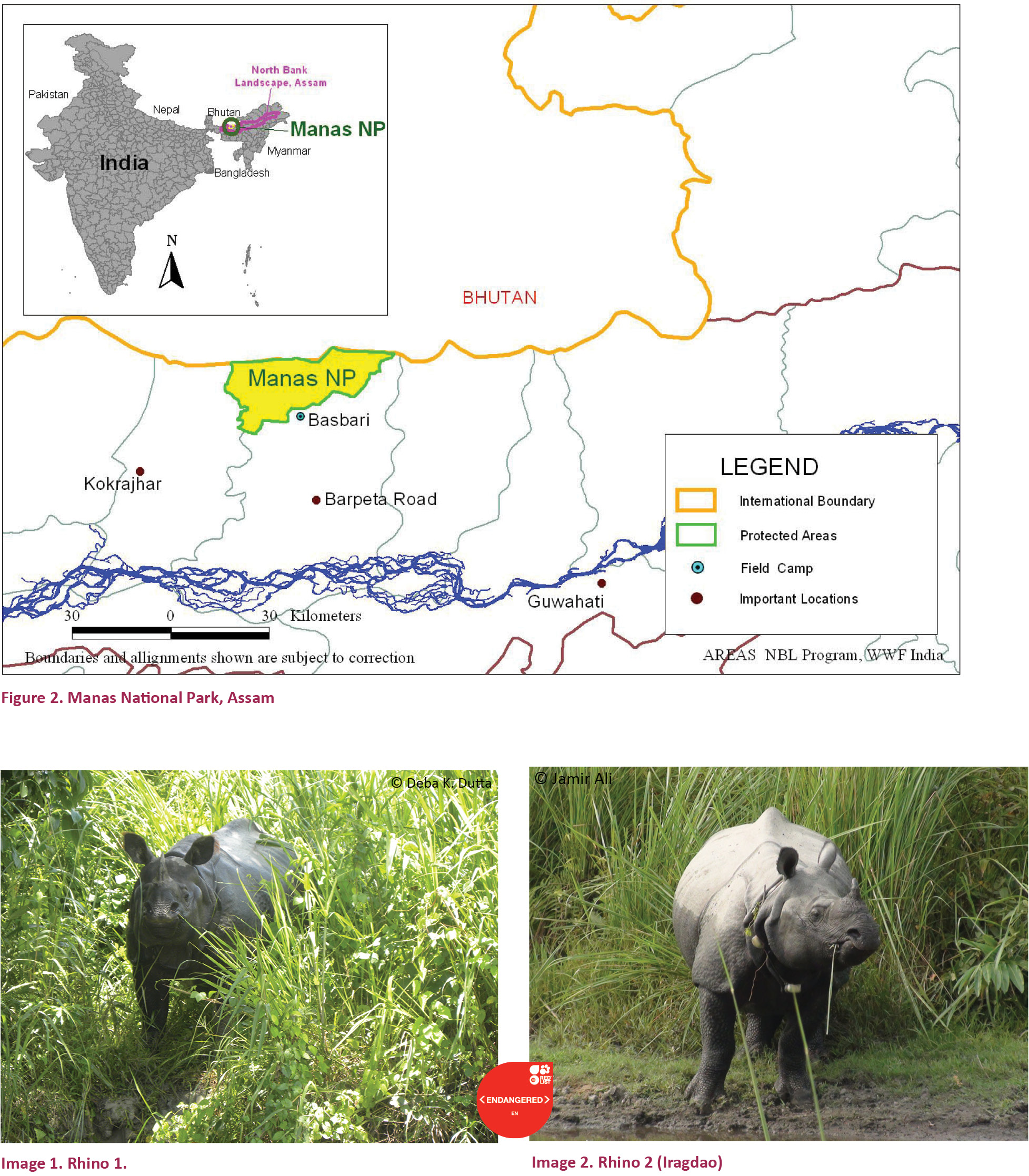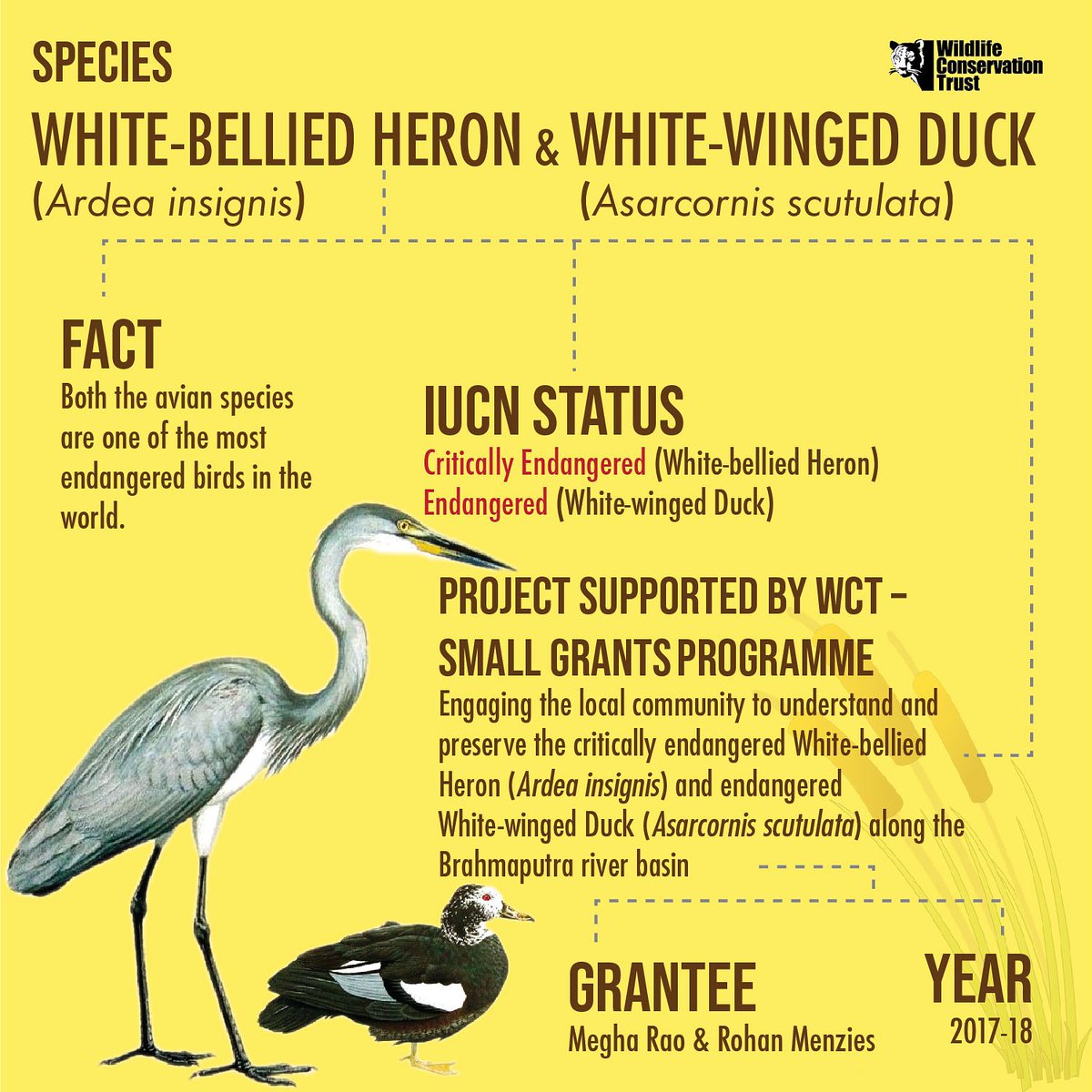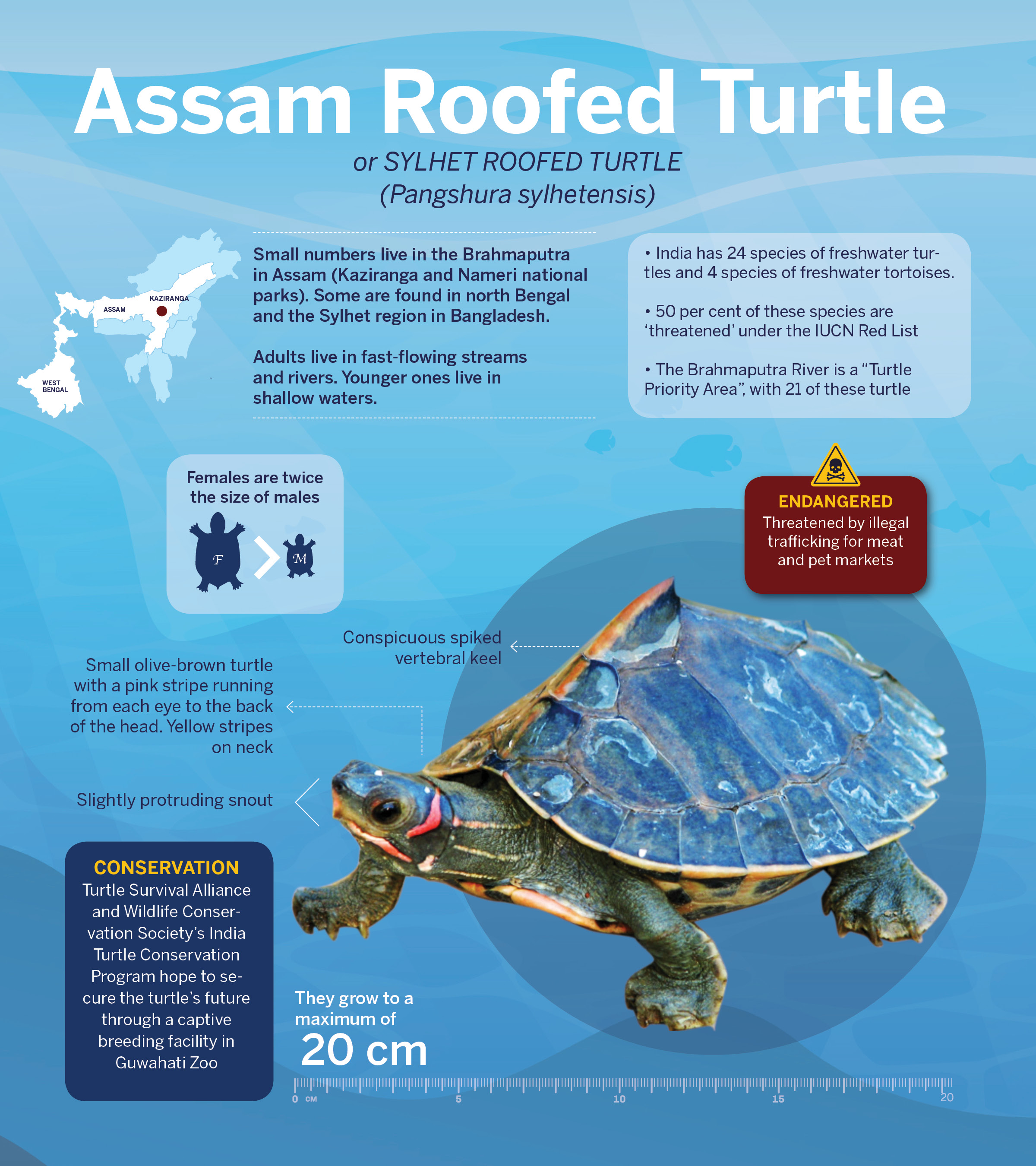
Nature Lovers can find Manas National Park in the Himalayan foothill bhabar area in the western Assam. Manas was originally a game reserve since 1928 and became a Tiger Reserve in 1974, a World Heritage Site in 1985, a Biosphere Reserve in 1989. Government of India declared it as National Park in 1990 with an area of 500 sq. kms.
- It is also the core area of 2600 sq. kms. of Chirang Ripu Elephant Reserve.
- The park harbours more than 22 endangered species which are designated as Schedule 1 species in the Wildlife Protection Act and enjoy the highest level of protection.
- Manas National Park is famous for its unique scenic beauty and to quote the UNESCO World Heritage Tag declaration – Manas contains superlative natural phenomena/ areas of exceptional natural beauty and aesthetic importance.
- It is also designated as an Important Bird Area with more than 500 species of birds. The biodiversity of Manas is clearly brought out by UNESCO through the following words:

‘In total, there are nearly 60 mammal species, 42 reptile species, 7 amphibians and 500 species of birds, of which 26 are globally threatened. The range of habitats and vegetation also accounts for high plant diversity that includes 89 tree species, 49 shrubs, 37 undershrubs, 172 herbs and 36 climbers. Fifteen species of orchids, 18 species of fern and 43 species of grasses that provide vital forage to a range of ungulate species also occur here.’
What you expect to see?
Mammals: Rhino, Elephant, Tiger, Pygmy hog, Hispid hare, Golden langur, Assamese Macaque, Rhesus Macaque, Leopard, Golden Cat, Clouded leopard, Fishing cat, Leopard cat, Jungle Cat, the Large Indian civet, the Small Indian civet, Common palm civet or Toddy cat, Himalaya palm civet, Binturong, Common mongoose, Small Indian mongoose, Himalayan black bear, Sloth bear, Gaur, Water buffalo, Sambar, Hog deer, Barking deer, Swamp deer, Wild pigs etc.

Census figures of Big Five are – One horned Rhino – 28 (2016), Swamp Deer -100 (2017), Wild Buffalo – 503 (2017), Tiger – 31 (2016-17), Elephant – 1034(2017).

Birds: Home to 476 bird species. White-Bellied Heron, Bengal Florican, Slender-Billed Vulture, White Rumped Vulture, King Vulture etc. are the critically endangered species found in Manas. Other birds like Pelicans, Storks, Eagles, Ibis, Hornbills, Parrot bills, and Parakeets are found here.
Butterflies: More than 200 species of butterflies have been recorded at Manas. These include the Common Mormon, Common Sailor, Peacock Pansy etc.

Aquatic Fauna: More than 79 species of fishes have been recorded in Manas. The Assam Roof Turtle, the Narrow Headed Softshell Turtle are also found here.

How to reach: Guwahati International Airport is 145 kms. and Barpeta Road Railway Station is 20 Kms. away. The road distances from nearest cities & towns to Manas are : from Kokrajhar is 112 Kms., from Nalbari is 66 Kms., from Guwahati is 137 Kms., from Naogaon is 274 Kms.
![Manas National Park -Hispid Hare - Rare Specie [EnviroMation]](https://envirocivil.com/wp-content/uploads/2012/11/hispid-hare-rare-specie.jpg)
Points :-
- A national park, UNESCO Natural World Heritage site, a Project Tiger reserve, an elephant reserve and a biosphere reserve
- Royal Manas NP in Bhutan is contiguous
- Manas river flows through it which is a tributary of Brahmaputra river.
- Assam roofed turtle, hispid hare, golden langur, pygmy hog, wild water buffalo
- Famous for its population of the wild water buffalo